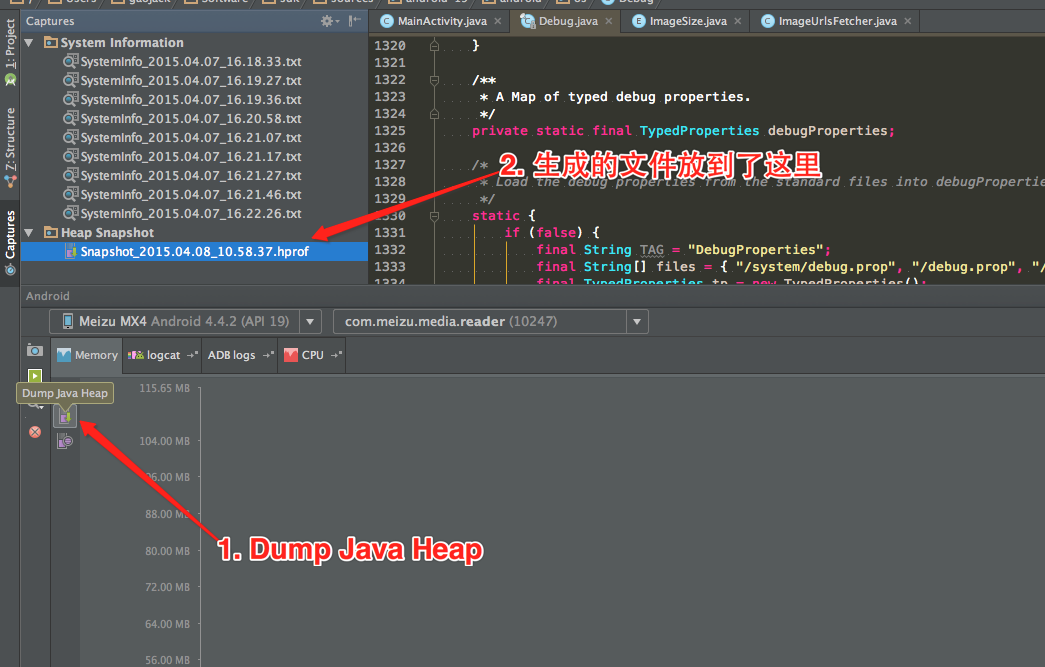系列文章目录:
- Android性能优化典范综述
- Android性能优化典范之Render Performance
- Android性能优化典范之Understanding Overdraw
- Android性能优化典范之Understanding VSYNC
- Android性能优化典范之Profile GPU Rendering
One of the most problematic performance problems on Android is the easiest to create; thankfully, it’s also easy to fix.
OVERDRAW is a term used to describe how many times a pixel has been re-drawn in a single frame of rendering. It’s a troublesome issue, because in most cases, pixels that are overdrawn do not end up contributing to the final rendered image. As such, it amounts to wasted work for your GPU and CPU.
Fixing overdraw has everything to do with using the available on-device tools, like Show GPU Overdraw, and then adjusting your view hierarchy in order to reduce areas where it may be occurring.
OverDraw概念
视频开头作者举了一个例子,说如果你是一个粉刷匠,你应该会知道,给墙壁粉刷是一件工作量非常大的工作,而且如果你需要重新粉刷一遍的话(比如对颜色不满意),那么第一次的粉刷就白干了. 同样的道理,如果你的应用程序中出现了过度绘制问题,那么你之前所做的事情也就白费了.如果你想兼顾高性能和完美的设计,那么你的程序可能会出现一个性能问题:OverDraw!
OverDraw是一个术语, 它表示某些组件在屏幕上的一个像素点的绘制超过1次.如下面的图所示,我们有一堆重叠的卡片,被用户激活的卡片在最上面,而那些没有激活的卡片在下面,这意味着我们画大力气绘制的那些卡片,基本都是不可见的.问题就在于次,我们像素渲染的并不全是用户最后能看打的部分, 这是在浪费GPU的时间!


